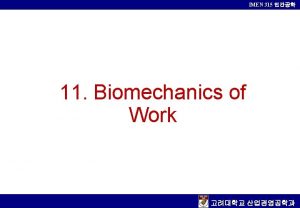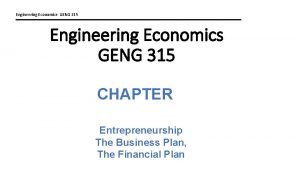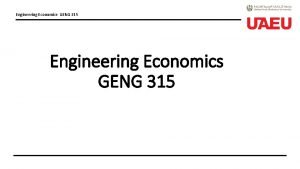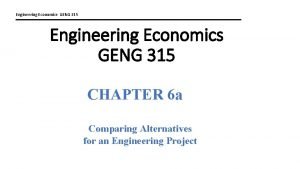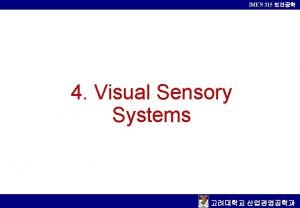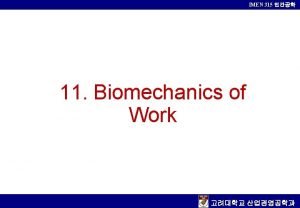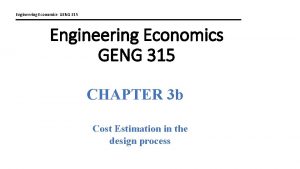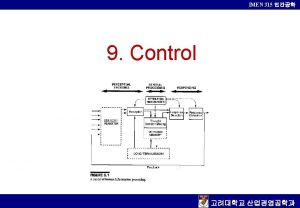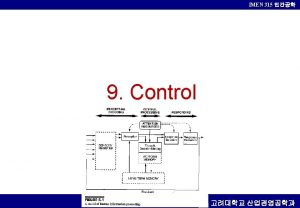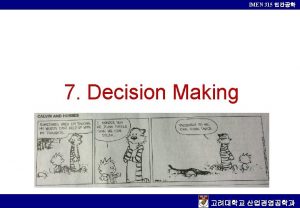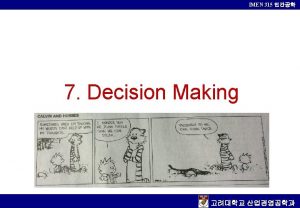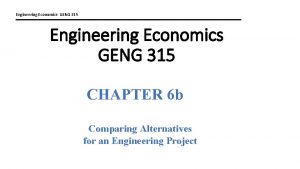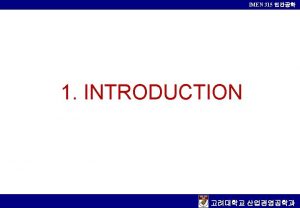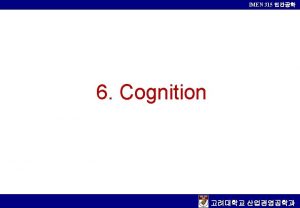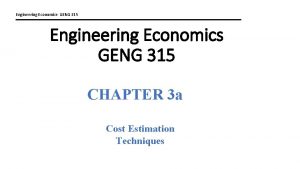314 315 and 329 41 Cells 314 Today






















- Slides: 22

3/14 -3/15 and 3/29 -4/1: Cells

3/14: Today we will…. Jupiter Check Science News Cell Project Planning HW: Cell project supplies due WEDNESDAY 3/30 Cell Project due FRIDAY 4/1 Plant lab Final Draft due FRIDAY 4/1

Plant Lab Reminder: Final draft is due FRIDAY 4/1 Final draft should include: Purpose (with question) Background information Hypothesis Experimental Methods (materials and procedures)

Cell Project Timeline Write-up should be complete Tuesday 3/15 Supplies needed by Wednesday 3/30 Final project due Friday 4/1

3/15: Today we will. . . Cell project write-up HW: Cell Project supplies due WEDNESDAY 3/30 Cell Project due FRIDAY 4/1 Plant Lab final draft due FRIDAY 4/1

3/29: Today we will. . . Assignment review Cell vocab review Science News HW: Plant Investigation final draft due FRIDAY 4/1 Cell Project supplies due TOMORROW Cell Project project due FRIDAY 4/1

Plant Lab Reminder: Final draft is due FRIDAY 4/1 Final draft should include: Purpose (with question) Background information Hypothesis Experimental Methods (materials and procedures)

Cell Project Timeline Write-up should be complete Tuesday 3/15 Supplies needed by Wednesday 3/30 Final project due Friday 4/1

Cell Project Examples:

Cell Project Examples:

Cell Vocabulary Review: 1. Do plant cells have mitochondria and chloroplasts or only chloroplasts? 2. What is the difference between prokaryotic and eukaryotic cells? 3. What is the difference between animal and plant cells? 4. What are the functions of the nucleus, cell membrane, ribosome, and smooth endoplasmic reticulum?

3/30: Today we will. . . Cell Project work day HW: Plant Investigation final draft due FRIDAY 4/1 Cell Project due FRIDAY 4/1

3/31: Today we will. . . Photosynthesis notes Cellular respiration notes Review clips Summaries HW: Plant Investigation final draft due TOMORROW Cell project due TOMORROW

Ms Knettles Study Hall Hours Tuesday 2: 30 -3: 00 Wednesday during lunch Wednesday at 1: 30 Thursday during lunch Thursday from 2: 30 -3: 30

Photosynthesis: the process of using sunlight, carbon dioxide, and water to make glucose Input: Sunlight + Carbon Dioxide + Water Output: Glucose + Oxygen

Sunlight Chloroplast the pigment inside thylakoid membranes which absorbs energy from the sun a substance that gives something it’s color. The color is determined by the type of light the pigment absorbs/reflects Thylakoid Membrane

Calvin Cycle: The final stage of photosynthesis A pathway which converts carbon dioxide into glucose The Calvin Cycle uses carbon dioxide and energy from the sun to create glucose.

Cellular Respiration: occurs in the Mitochondria Cellular Respiration: the process of converting glucose to ATP Input: Glucose + Energy + Oxygen Output: up to 34 ATP molecules + Carbon dioxide

Glycolysis: the first step of cellular respiration; it breaks the glucose down into molecules that can be converted in ATP Glyco: glucose Lysis: to break Glucose→ ATP + Pyruvate (new organic compound)

Krebs Cycle Input: Oxygen + Pyruvate Krebs Cycle: pathway which produces the bulk of ATP in the body using pyruvate from Glycolysis It only works if oxygen is present Output: Carbon dioxide + up to 34 ATP

4/1: Today we will. . . Cell project gallery walk Photosynthesis and Cellular respiration notes HW: Photosynthesis/Cell Resp. on MONDAY 4/4 Unit 3 Test on THURSDAY 4/7

Unit 3 Test Cell content Photosynthesis Cellular respiration
 Pns water view position
Pns water view position Chlorocruorin
Chlorocruorin Animal cell plant cell venn diagram
Animal cell plant cell venn diagram Masses of cells form and steal nutrients from healthy cells
Masses of cells form and steal nutrients from healthy cells For today's meeting
For today's meeting Todays class
Todays class Today meeting or today's meeting
Today meeting or today's meeting Galton details
Galton details Today's lesson or today lesson
Today's lesson or today lesson Example of repitition
Example of repitition Reabsorption
Reabsorption Pineal gland
Pineal gland How are somatic cells different from gametes
How are somatic cells different from gametes Somatic vs germ cells
Somatic vs germ cells Eukaryotic vs prokaryotic cell
Eukaryotic vs prokaryotic cell Prokaryotic vs eukaryotic cells venn diagram
Prokaryotic vs eukaryotic cells venn diagram Organelle trail
Organelle trail Pseudostratified vs simple columnar
Pseudostratified vs simple columnar What cell type
What cell type Prokaryotic vs eukaryotic cells
Prokaryotic vs eukaryotic cells Chapter 8 cellular reproduction cells from cells
Chapter 8 cellular reproduction cells from cells Cells cells they're made of organelles meme
Cells cells they're made of organelles meme Cpsc 329
Cpsc 329



























